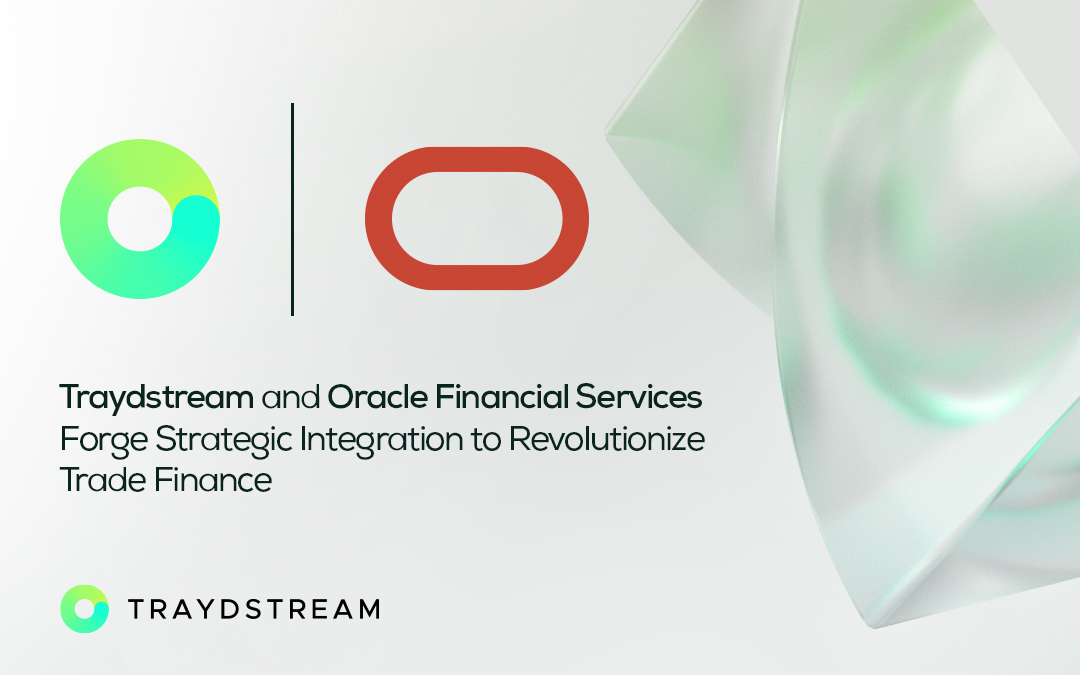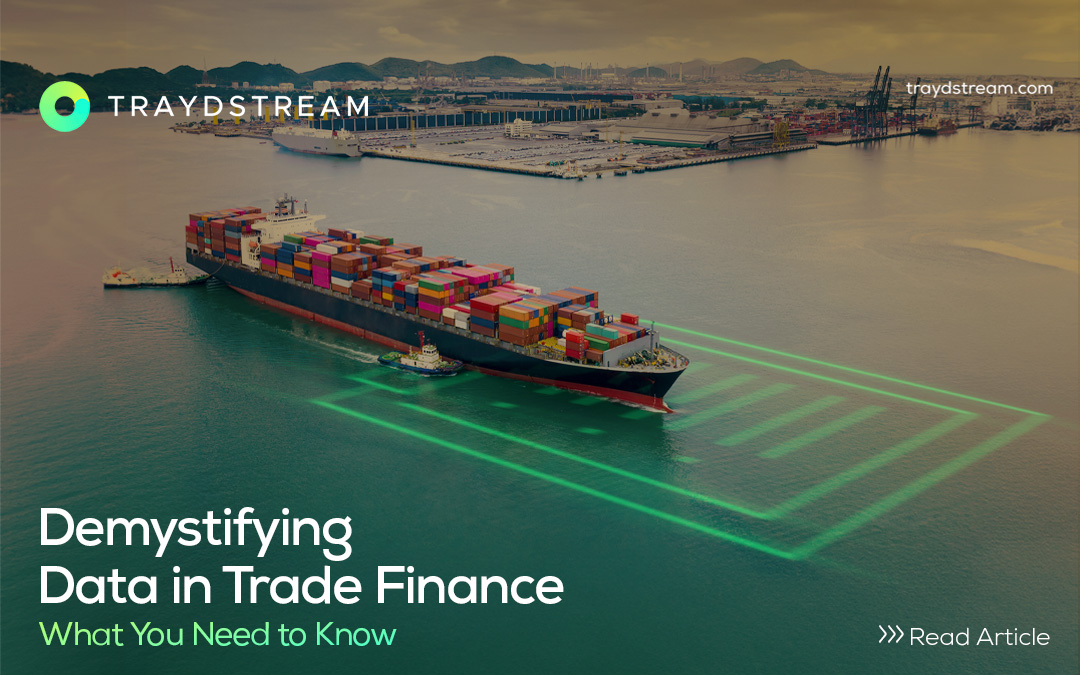
Digital transformation is revolutionizing the operations of Corporates and Banks, enhancing efficiency and transparency. Here’s an in-depth look at how it significantly impacts operational processes and the challenges it presents, particularly in foreign trade.
Transforming Operational Processes in Corporations and Banks
Automating Repetitive Tasks
Digital transformation harnesses Robotic Process Automation (RPA) and other automation techniques to streamline repetitive, low-value tasks. This is particularly effective in processes such as “Order to Cash” and “Procure to Pay,” which are vital for corporate operations and their corresponding banking functions. Key tasks such as customer registration, quotations, order processing, invoicing, collections, payment execution, reconciliations, dispatches, and report generation become more efficient through automation.
Digitizing Processes
Removing paper and physical monitoring of processes is crucial in digital transformation. By adopting transparent and accessible applications, companies ensure that all participants have real-time access to information. This transparency enhances visibility into operational statuses and reporting, fostering a more efficient and collaborative work environment.
Outsourcing Low-Value Tasks
Outsourcing low-value tasks like data entry to third parties (customers, suppliers, employees) is another strategy within digital transformation. This transfer can be more efficient, allowing organizations to focus on higher-value activities and strategic decision-making.
Challenges in Foreign Trade and the International Market
Local Market
In the local market, standardized electronic invoicing and digital remittance within the same geography are becoming common. The elimination of intermediaries for goods and securities, along with predefined quantities, prices, and delivery dates in commercial agreements, simplifies transactions.
International Market
The international market presents more complexities:
- Invoices lack standardization.
- Ownership of goods is transferred through non-standard physical documents like Bills of Lading (BL).
- Remote delivery involves intermediaries such as transport companies and insurers.
- Banks mediate documents and payments, adding complexity.
- Trade agreements include multiple attributes that need meticulous management.
Solutions Currently Applied in Foreign Trade
Client-Outsourced Transactions
Clients often initiate and participate in foreign trade transactions. Integrating these operations into existing digital channels like Home Banking ensures a seamless experience.
Coordinated Internal Flow
A coordinated internal flow integrates various technological platforms like credit systems, core foreign trade systems, and SWIFT through APIs or other protocols. This integration ensures effective communication between different platforms, enhancing overall process efficiency.
Document Classification and Attribute Extraction
Applications that classify documents in various formats and extract their attributes are essential. These tools automate routine tasks, allowing human intervention at critical decision points where value is added, ensuring efficient handling of routine tasks and freeing human resources for complex decision-making.
Interpretation and Decision-Making
Solutions that interpret extracted information from documents help resolve discrepancies and other complex issues in foreign trade. Compliance with regulations like UCP 600 and ISBP, and detecting integrity issues between documents, are crucial for maintaining transaction integrity.
Integration of External Compliance Services
Integrating external compliance services (such as Lexis Nexis, Lloyds, and Worldcheck) automates routine tasks while allowing human intervention when needed. This integration ensures compliance requirements are met without overburdening human resources.
Unified Review Process
A structured review process used by all trade parties—banks, importers, and exporters—ensures transparency and accessibility. This unified approach facilitates smoother transactions and reduces potential disputes.
Digital transformation is a powerful force enhancing efficiency, transparency, and collaboration in corporations and banks. By automating routine tasks, digitizing processes, and leveraging advanced technologies, businesses can focus on strategic growth and innovation, creating a more robust and dynamic economic landscape.






